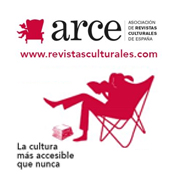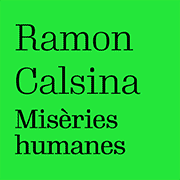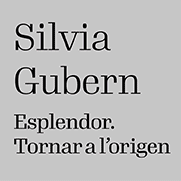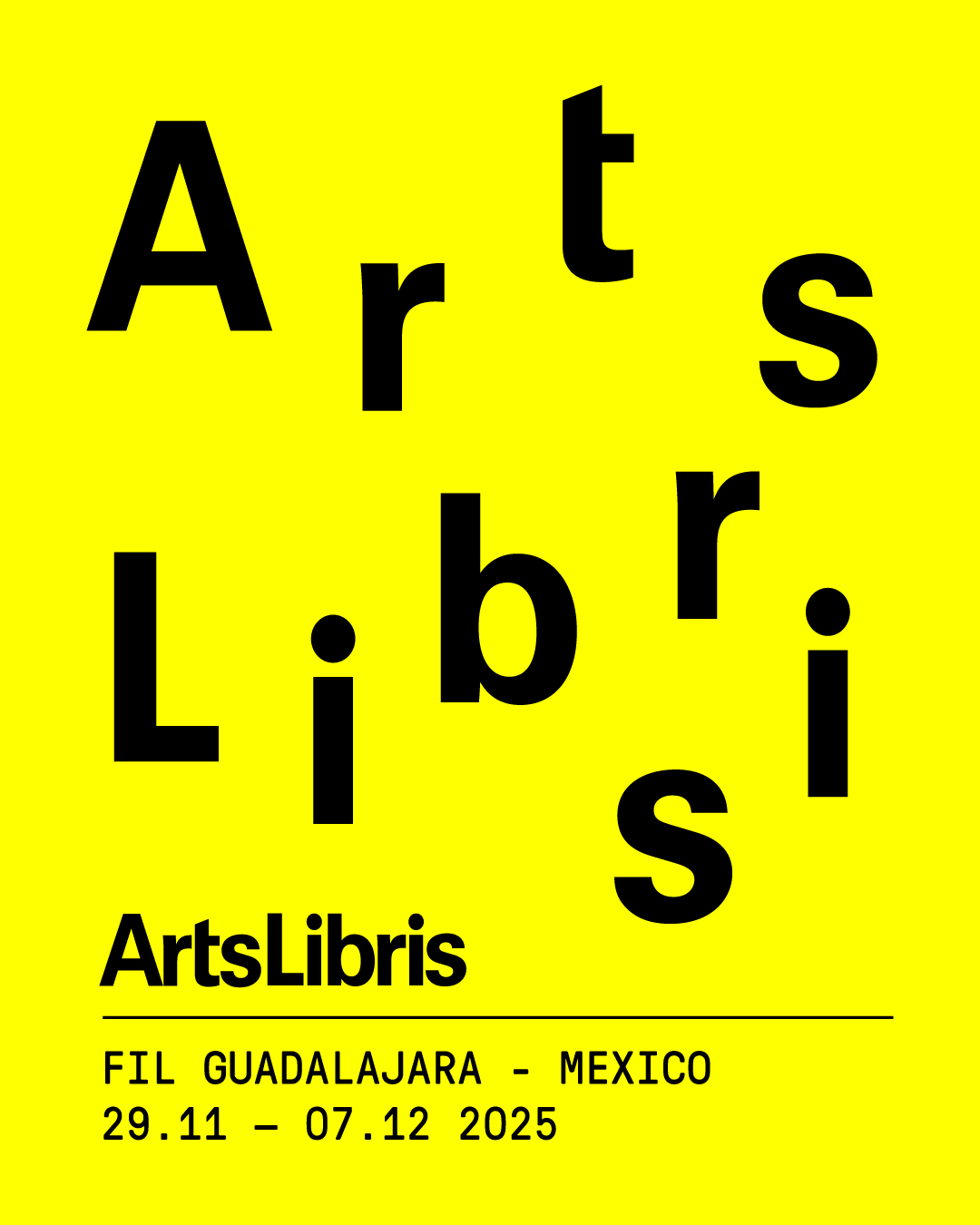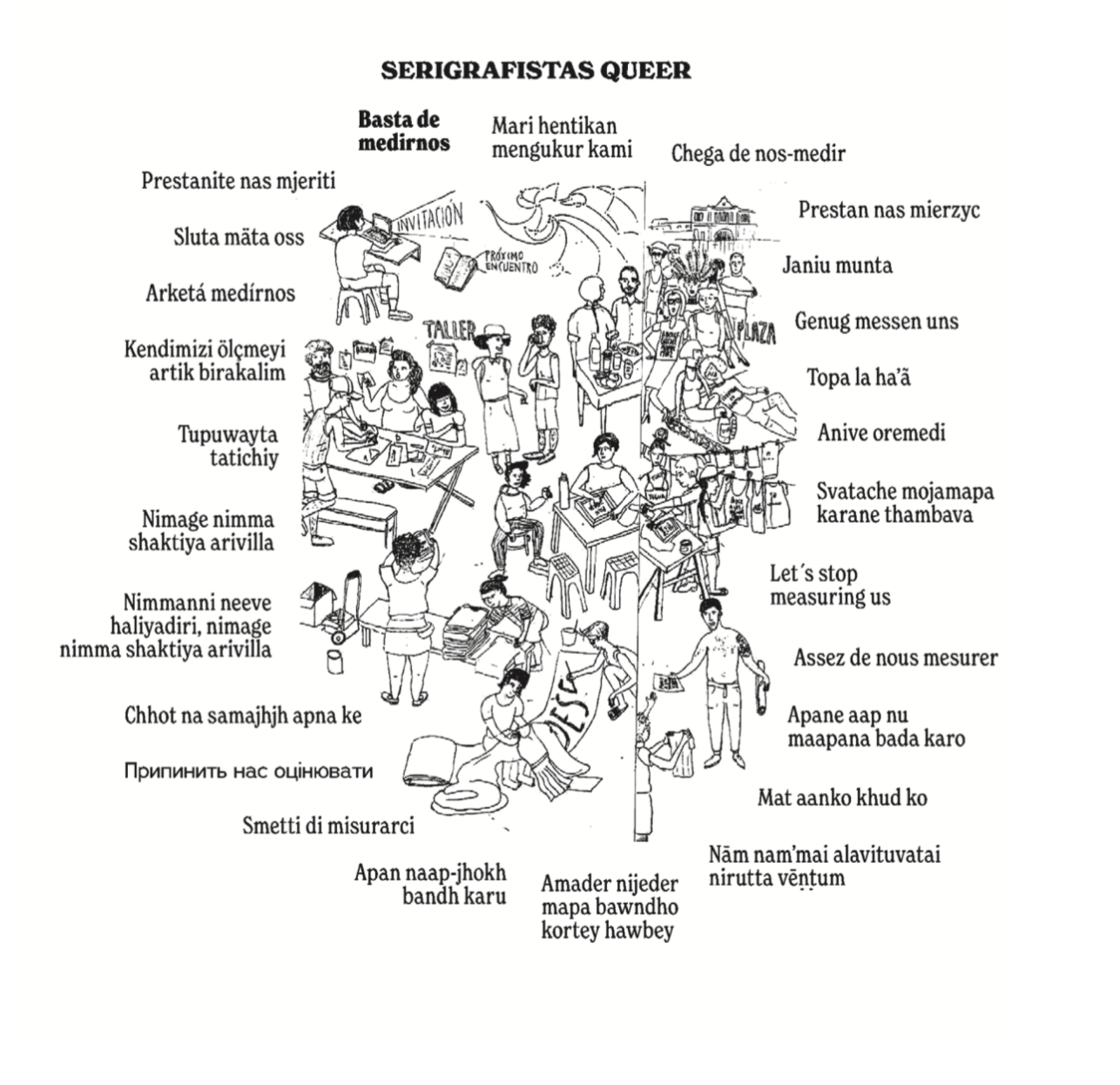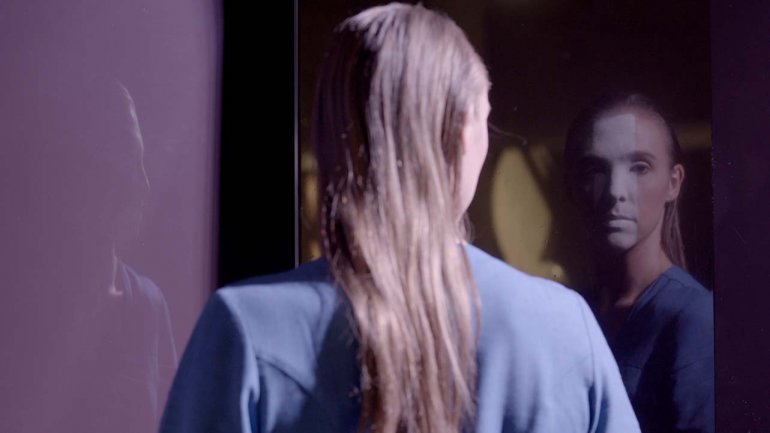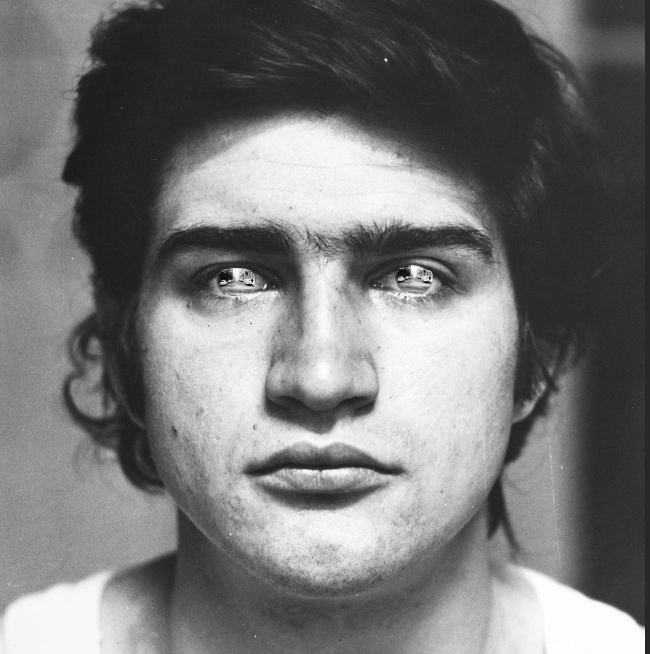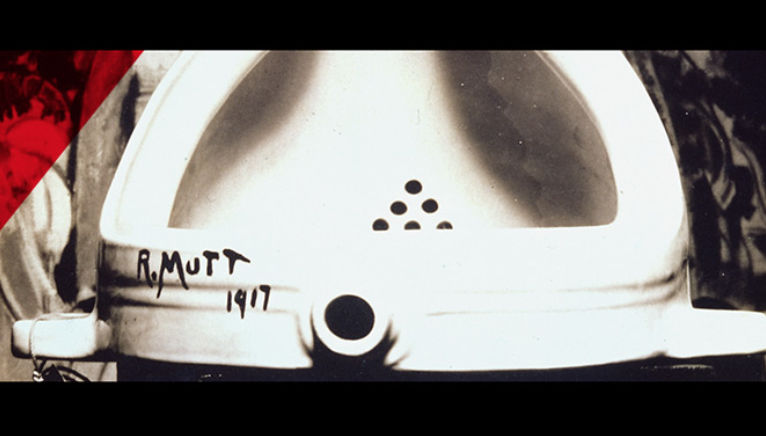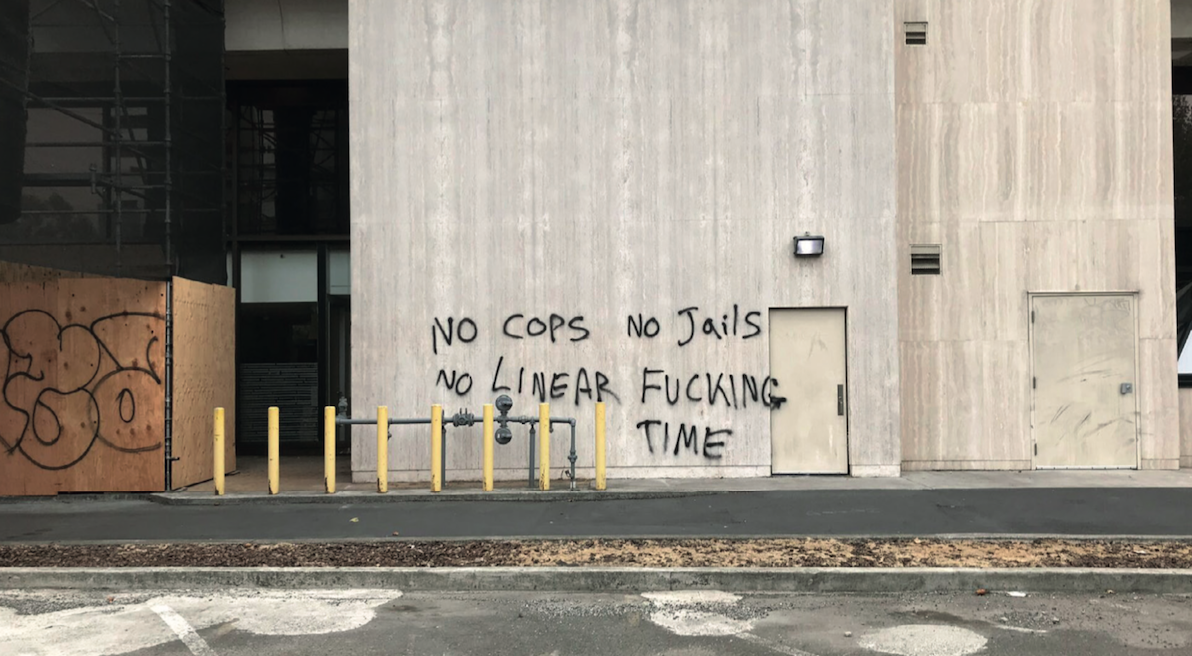
[...] what it was about now was to attack the dominant Science, the vision of reality that the world provides us. [...] You can't ask inside reality what reality is: the question stays inside: you have to ask from outside: this has meaning, thanks to the fact that we (the world and one person) are completely done and closed, we are never completely real: and that is the possibility, open, without end to anything. [...] a true rebellion against the Order.
Agustín García Calvo 1
To disorient ourselves from time to be able to see what time refuses to welcome. In this text I start from an apparently small, but profoundly substantial event, which is capable of widening one's view of the world. This is a gesture that Elvira Dyangani Ose has made at the MACBA before being able to deploy her programming as director since July 2021. The gesture in question is the fact of erasing, eliminating, the chronology that is there it was on the wall of the first floor just before entering the exhibition of the museum's permanent collection.
Chronology is a time ordering strategy that we have used to build and narrate the story. As a strategy we can place it within the idea of chrononormativity 2 , understood as a linear, homogeneous, neutral, quantitative, teleological and productivist conception of time. Reappropriating time is therefore a gesture of unlearning, a gesture of escape from the chronological narrative. Proposing other temporalities, other strategies from where to attend-locate-relate artistic objects can generate new forms of belonging, new reasons for reflection and the forging of other stories, perhaps more inclusive, perhaps less violent.
Like any other unlearning or like any renunciation of a structuring idea of the world, thinking about other conceptions of time can lead us to a certain disorientation. Sara Ahmed speaks of disorientation as a vital moment, as a "body experience that upsets the world, that uproots the body" 3 .
Erasing the chronology is, in a way, allowing the entrance to what the chronology didn't highlight and didn't mention, giving rise to naturalized absences—many—. From that disturbed world, from this disorientation, perhaps we will be able to build an outside, as García Calvo tells us, from where we can look at the world again and receive other reflections.
--
1. Agustín García Calvo, Cosas que hace uno , Editorial Lucina, Zamora, 2010, p. 51-53.
2. Elizabeth Freeman characterizes this term in her book Time Binds: Queer Temporalities, Queer Histories to discuss the use of time that organizes individual human bodies toward maximum productivity.
3. Sara Ahmed, Queer Phenomenology: orientations, objects, others , Edicions Bellaterra, Barcelona, 2019, p. 217.
Image: Graffiti by an unknown author found in Oakland, California, 2020. Photograph by Esmat Elhalaby.

